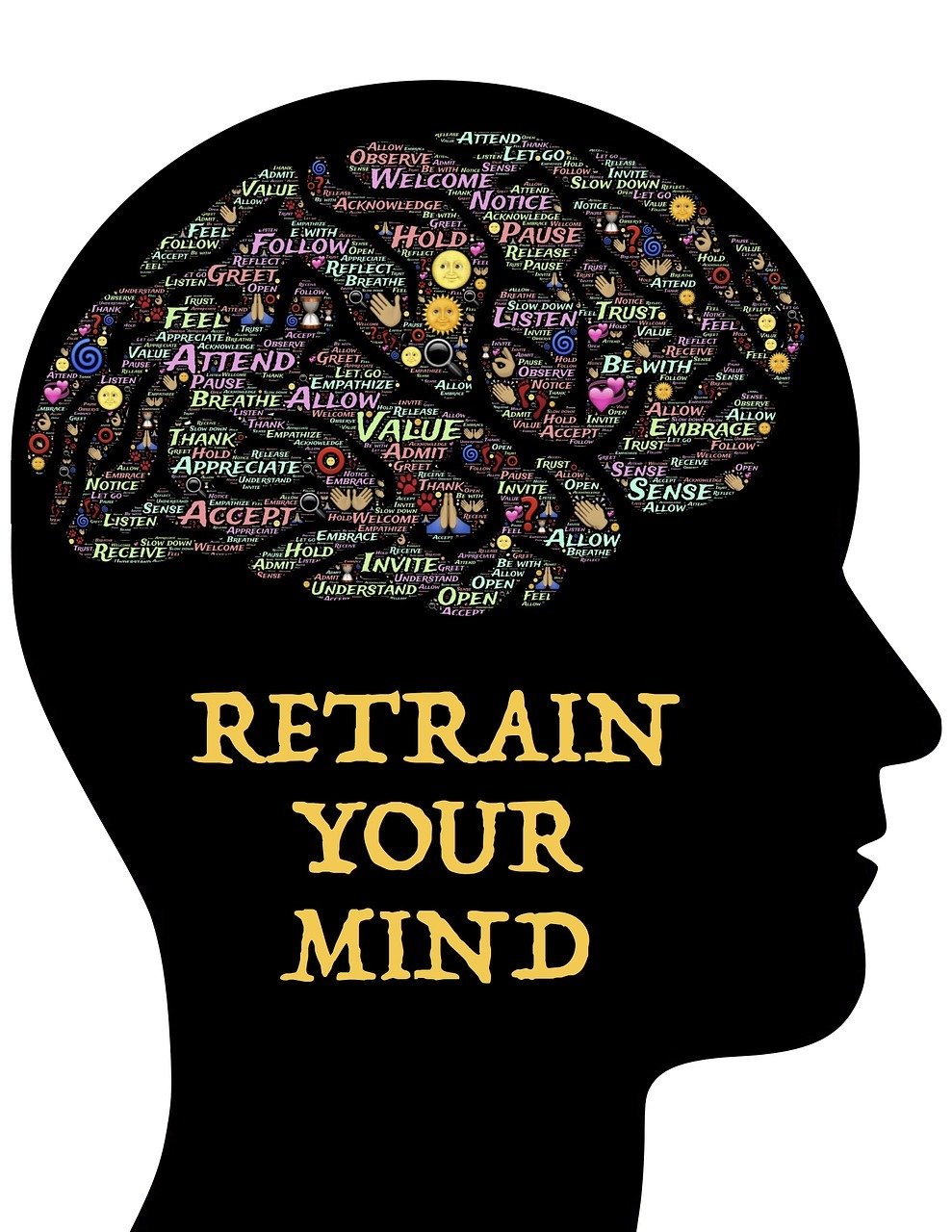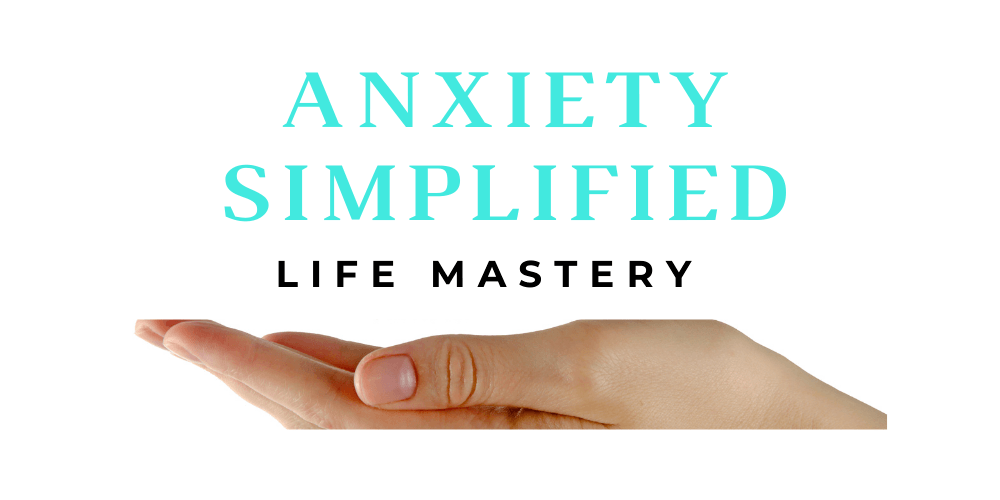Silent Panic Attack Symptoms
When most people hear the phrase “panic attack, what immediately comes to mind are the obvious symptoms of panic, such as trembling, sweating, weeping, or hyperventilating. However, the term panic attack is a bit misleading. While some persons suffering from panic attacks exhibit obvious symptoms, others can have the silent type of panic attack.

A silent panic attack occurs when a person with a panic or anxiety condition suffers a panic episode without presenting any outward symptoms only feeling the symptoms internally.
Someone who suffers from silent panic attacks may experience them in public, at home, at work, or nearly anyplace without anyone recognizing or understanding that something is wrong. Mainly because they avoid situations that create them or are very good at leaving a situation quickly as not to be seen having a panic attack or covering them up with excuses for their behaviors. However, it is still the symptom of a panic attack.
How Long Can Silent Panic Attacks Last?
Most panic attacks last anywhere from 5 to 20 minutes. There are reports of some episodes that last an hour or more. The number of episodes you have will be determined by the severity of your underlying condition. Some people experience attacks once or twice a month, while others experience them multiple times per week.
Symptoms of Silent Panic Attacks That You Should Be Aware of

According to the National Alliance of Mental Illness (or NAMI for short), around three million people in the United States alone have some form of panic disorder, while another 37 million Americans have some form of anxiety illness.
While silent panic attacks are less likely to grab attention from others, than panic attacks with apparent symptoms, they are just as real, valid, and scary for the individual experiencing them. Here is a list of silent panic attack signs to be aware of, especially if you have been diagnosed with an anxiety disorder.
You feel dizzy or some tingling in the limbs.
Less blood flows in your extremities while you are having a panic attack - even of the silent kind. As a result, some people report feeling weaker in their arms, legs, hands, and feet. This reduction in blood flow can also cause your feet and hands to tingle or feel numb, as if you stayed in one position for too long.
You experience depersonalization or derealization during a silent panic attack.
Simply put, depersonalization occurs when you feel separated from your body, whereas derealization occurs when you feel estranged from the world around you, and your surroundings appear distorted. These are both fairly common signs of silent panic episodes. If you start to feel a little out of place, it's a sign that you're having a silent panic attack.
Your heartbeat rises or it may feel like skipping a beat.
If your heart rate rises above normal or you have heart palpitations, you may be experiencing a silent type of panic attack. It may also be one of the earliest physiological indicators of any type of anxiety.
You are having intrusive thoughts.
Intrusive thoughts are one of the hallmark symptoms of both anxiety and panic disorders, as well as obsessive-compulsive disorder (OCD). These are ideas that fill your mind so deeply that you may be unable to focus on your life or experience joy from your activities.
Intrusive thoughts are uncontrollable and frequently conjure up unsettling visions that might cause the person experiencing them to become immobile. Though intrusive thoughts can occur without a full-blown silent panic attack, they are frequently an indication of one.
You feel nauseous.
Science has established a link between anxiety problems and irritable bowel syndrome (IBS). As a result, it's not unusual that a person experiencing a silent panic attack may get a stomachache or other gastrointestinal trouble and run to the restroom to avoid being seen as having a panic attack.
You experience having headaches.
A headache is a common symptom of a silent panic attack, which can peak in a matter of minutes, according to the Mayo Clinic. It's no wonder that a panic attack can cause your head to pound, given all the physical stress and anxiety that builds up during an episode. According to the National Headache Foundation, panic disorder is the anxiety illness most commonly connected with migraine.
Your throat constricts.
During a panic attack, you might feel like your throat is shutting or closing. While some people may feel that their throats are tightening, others may feel a lump that prevents them from speaking properly. Both situations can be frightening, yet they are very normal signs of panic attacks.
Silent panic attacks and anxiety have been linked to blurred vision, light sensitivity, and eye floaters. Of course, you should rule out the possibility that you do not have an eye disorder. However, if you are suffering from vision problems just when these other symptoms appear, it is most likely due to panic.
It is critical for people with anxiety disorders to be aware of the unseen emotional triggers or fears that drive them, the worst-case scenario thinking that start the reaction of fear, that progresses to the physiological symptoms that can develop during a panic attack.
It may even be helpful in stopping a panic attack right in its tracks, by changing your thinking about a triggering situation such as to fly in a plane, or before you make a presentation or go to a social situation. Catch what you are thinking before the activity. Most cases you are thinking something catastrophic MIGHT happen. Change it by questioning the reality of that catastrophic event happening with logic and you can intervene in the progress of the anxiety to a panic attack.

Coping with Silent Panic Attacks Using the 5-4-3-2-1 Technique
When you're feeling anxious, the 5-4-3-2-1 coping method may help relax and quiet your thoughts.
This is how the technique works:
Five
Look around the room and list five items that you notice first. These can be anything from wall spots to a bird soaring outside. It is important that you keep track of all the five items.
Four
Then, make a list four things you can touch. This may include the earth beneath your feet, the chair you're sitting on, and the hair you're running your fingers over, among others.
Three
Listen quietly, then identify three things you hear. These can be exterior sounds such as a fan in the room or interior sounds such as your breathing. Take note of anything that you can hear around you.
Two
Try to find two items that you can smell. Perhaps it's the perfume you're wearing or the pencil or eraser in your hand.
One
Take note of something you can taste in your mouth. Perhaps it's the lip gloss you're wearing or anything edible you can find. The 5-4-3-2-1 approach works best when you combine it with calm, deep breathing.
Practice the 4 and 8 Breathing technique. Count the 4 counts in thru your nose and count the 8 counts out your mouth slowly.

Breathing is our bodies #1 way to relax.
Learn the medically proven 4 and 8 Vagus Nerve breathing that sends a calming chemical into your body to calm you immediately. Check out Joanne’s Podcast with the medical researched explained. Anxiety Simplified Podcast # 46 iTunes on. 7 ways to Go from fight-or-flight into rest-and-digest within minutes told by scientists.
Take a Video 3 Step Course on how to Crush Panic Attacks with Joanne Williams, LCSW Learn from a 30-year mental health professional. Click this link to take your first steps out of having panic attacks forever.
Final Word
Try these ways to intervene next time you experience a silent panic attack. Knowing the path to recover from a silent panic attack can be really beneficial.
However, if your panic episodes become regular or interfere with your life, it is a good idea to seek professional care. You can then concentrate on learning how to calm down after a panic attack, better managing them, and coping with the associated worries.
Contact Joanne Williams for a free 10-minute consultation on you best next step at 760-485-6784.
Disclaimer: This article is by no means a replacement for medical attention or therapy. Please take care of your mental health.

